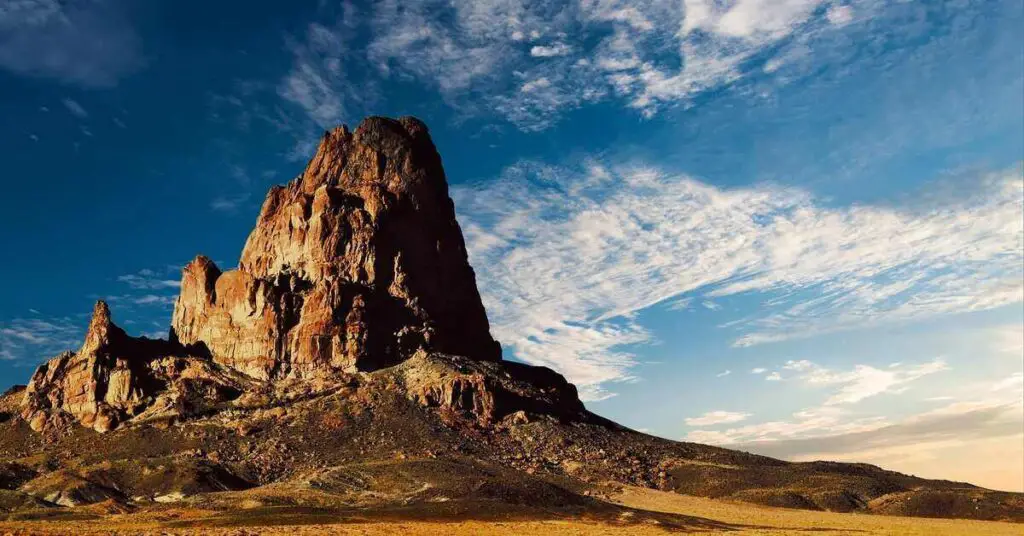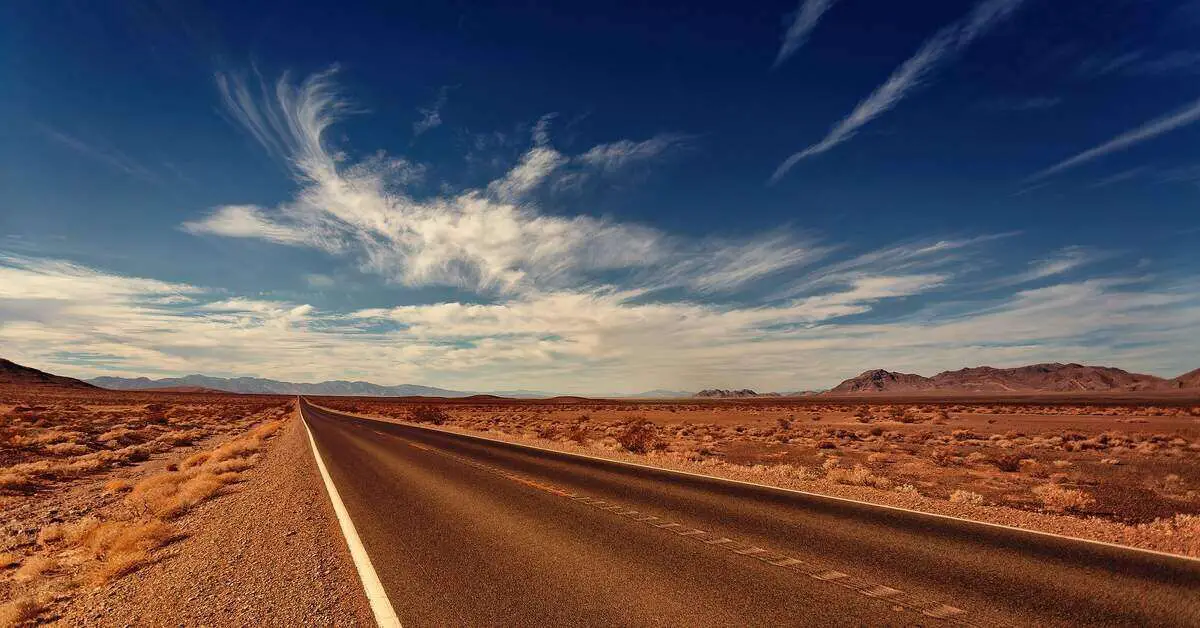The desert environment can be hostile, especially if you are not used to it. Most people imagine the worst when they picture themselves lost or stranded in an arid area. But human beings have lived in desert environments for thousands of years, so you can hold on for a couple of days too. This post provides tips on how to survive in the desert. Let’s get started.
1. Tell your loved ones where you are going
Telling your loved ones where you are going is one of the most important things you can do. Most hikers and backpackers think they won’t need any help whenever they go out. Even if you have been hiking, backpacking, and camping for many years, it’s still vital to let your friends and family know of your whereabouts.
LEGAL DISCLAIMER: This post may contain affiliate links. If you click an affiliate link and make a purchase, I may earn a commission. Also, as an Amazon Associate, I earn from qualifying purchases.
Tell them how long you will be gone and what date to expect you back. Some areas don’t have network coverage, so you will be unable to contact your loved ones when you get lost. When people know when you will be back, they will quickly send a rescue team if you delay. This could save your life.
Related: Why you should use trekking poles while hiking
2. Pack a survival kit
Good preparation is crucial if you will be spending a few hours or days in the desert. And a survival kit should be one of the things you don’t leave behind. Contrary to what most people think, the survival kit doesn’t have to be heavy, so don’t worry about adding more weight in the already harsh conditions.
The essential items can fit in a tiny box and won’t slow you down. Take care not to add unnecessary items to your survival kit. Some essentials include a lighter, a signal whistle and mirror, a button compass, a flashlight, flint striker, alcohol wipes, band-aids, sterile scalpel blade, a dust mask/bandana knife, and tweezers.
3. Dress appropriately
It may make sense to wear clothing that exposes much of your skin in hot weather. But this will only speed up dehydration and cause sunburn. So, ensure most of your skin is covered. Refer to this post on what to wear when hiking in hot weather. Also, carry a hat with a wide brim to reduce the sun’s heat on your body.
If you didn’t pack a hat, you could always create a headgear out of available materials such as a piece of clothing. In addition, wear sunglasses to protect your eyes from the glare of the sunlight. Always resist the urge to remove most of your clothing to cool down because it will do more harm than good.
4. Find shade
One of the first things you should do when you realize you are lost or stranded in the desert is to find shelter. This will allow you to move away from the heat, cool down, and think clearly. Do not create a shelter, as this will only waste your precious energy. Use shades provided by plants such as shrubs and even a cactus or ravines.
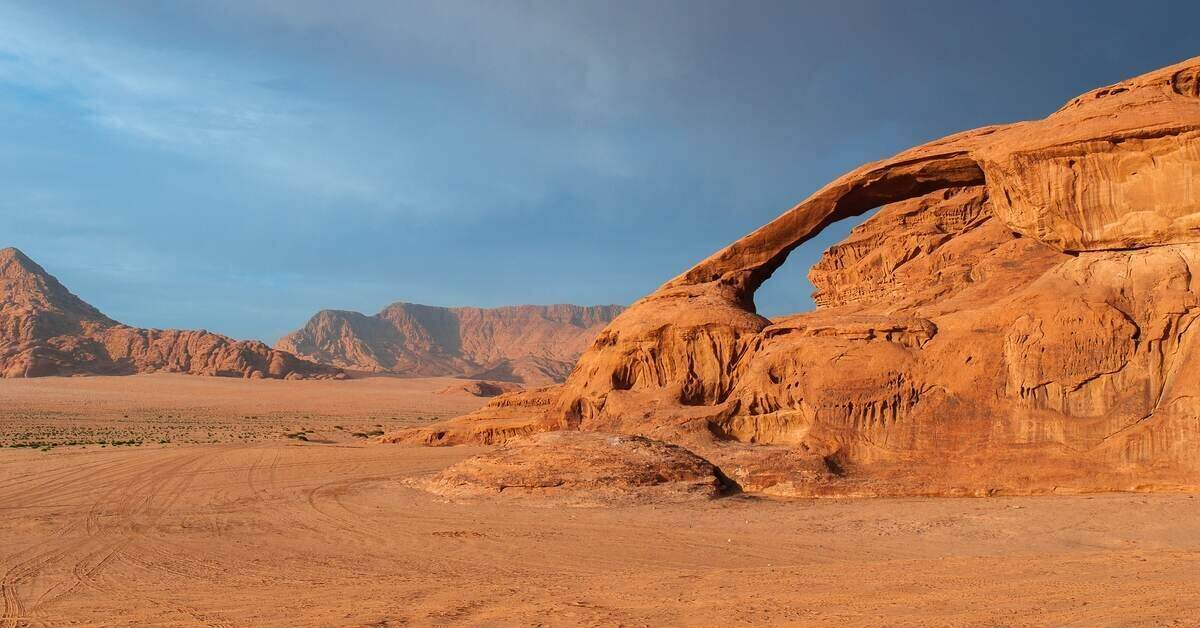
If there aren’t any plants that could provide shade, find a rock outcropping and use the shade it provides. This will help you avoid direct sunlight, prevent sunburn and reduce dehydration. Remember, this is only a temporary solution. When the heat decreases in the evening, you can create better shelter for the night. Remember, to conserve the water in your body, only venture out during the morning or evening hours when temperatures are lower.
5. Leave a mark
Even when you don’t see any sign of a human being, it doesn’t mean there isn’t anyone out there. As you look for help, try to let anyone who passes where you’ve been that you are around. You can use a stick or a rock to scratch the ground and leave a message.
Rock cairns will help potential rescuers know that you are in the vicinity. As you forage, place arrows at intervals so you can get back to your shelter when you get lost. The arrows will also help people find you. Another great way to avoid getting lost is to take note of landmarks, for instance, rock formations that are different from others.
6. Avoid contact with the ground
You may be too tired to walk after spending hours wandering in the desert. Sitting or lying on the ground is risky, as desert surfaces are hotter than the air temperature. If you have to sit or lie, have a cushion to protect you from the hot desert ground. Check your backpack to find an item that will enable you to sit or lie on the desert floor comfortably.
Pro tip: If you are stranded or lost in the desert with your car, you can remove the seats and use them – they’re an excellent option.
7. Carry plenty of water
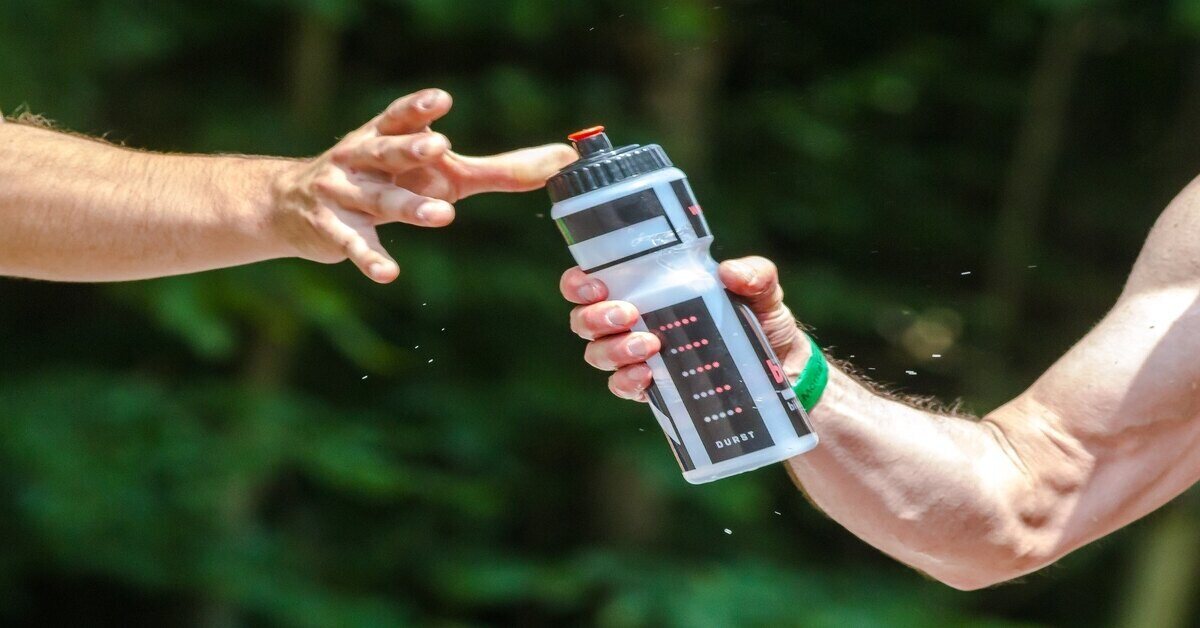
Desert temperatures can reach highs of more than 85° F (29.44° C), so dehydration is a serious issue. When heading out into the desert, ensure you carry plenty of water. If you are hiking or backpacking, do not carry too much water, as this will slow you down and could probably lead to overhydration.
Do not drink gulps of water at once. Only drink your water once in a while when you feel like your body really needs it. When peeing, check the color of your urine. If it is dark, then you need to drink some water.
Remember, water is a precious commodity in the desert, so don’t drink all of it because you aren’t sure how long it will take to find a water source. Through sweat, your body loses a lot of water, so find shelter to avoid direct contact with sunlight.
How to find a water source
What happens if your water supply runs out in the desert and you’re at your wits’ end? Use the following tips to locate a water source:
- Check for animal tracks. If they are heading downhill, there’s probably a water source nearby. Even when you see swarms of insects heading in a particular direction, it could probably mean a water source is in the vicinity.
- Look for areas will plenty of vegetation.
- Dig for water.
- Sometimes, water collects in rocky places after rain.
- Collect dew on plants in the early morning hours. Here’s how you can do it.
8. Regulate the amount of food you eat
Most people think being without food in the desert is the worst thing that could happen to anyone. Nothing could be further from the truth. According to research, you can survive up to a month with water but no food. So, you shouldn’t worry much about food when you are stranded in a desert.
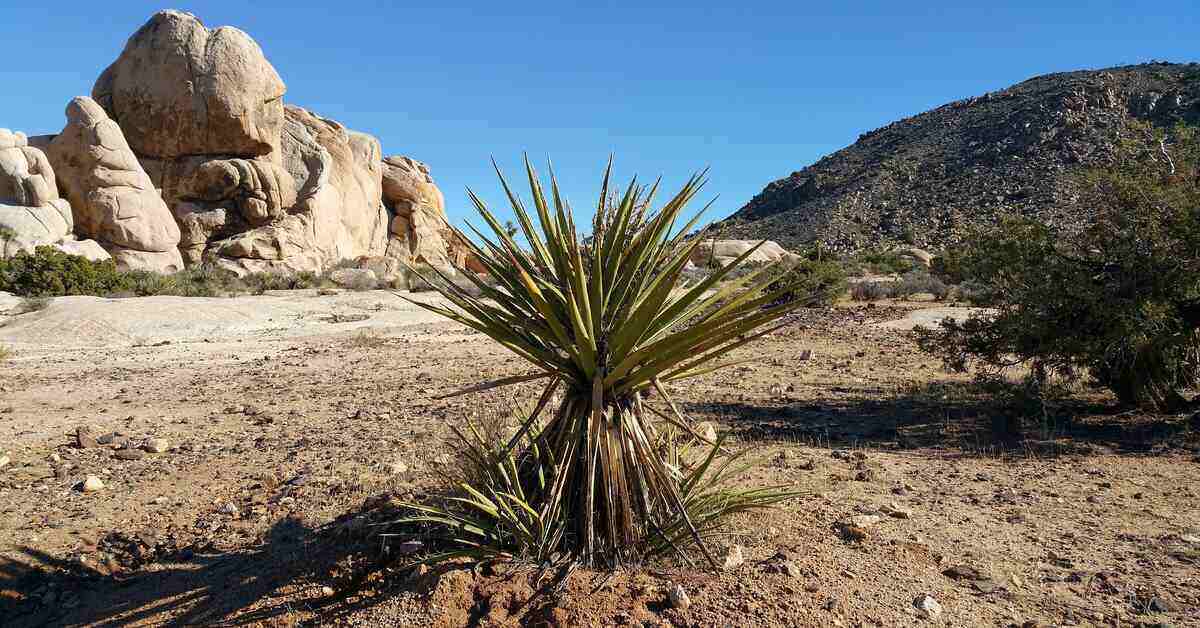
Even when you have food, take care not to eat a lot as more water is needed to digest the food. So when you have no food, but you feel hungry, fight the urge to look for food. Foraging in the scorching sun will only dehydrate and exhaust you. Only look for food or water when your supplies are running out.
9. Be on the lookout for dangerous desert animals
Getting attacked by a dangerous animal will only add to your misery. Thus, when trying to figure out a way to survive and find help, beware of potentially dangerous animals in the area. Some of these animals include spiders, snakes, cougars, and scorpions. Luckily, most of these creatures won’t bother you if you stay away from them. Here’s a piece on how to avoid snakes while hiking.
10. Close your mouth
Energy conservation in the desert is vital. As you rest or move around, avoid opening your mouth as it increases dehydration. Also, don’t push your body by moving too fast as this could make you pant, thus losing moisture from your body. Walk slowly to avoid wasting energy because you may be in the desert for longer than you think.
11. Stay on higher grounds
Staying on canyon floors, ditches, or any low ground when stranded in a desert is a big mistake. This is because these places fill up fast with water in case of flash floods. And just as the name suggests, flash floods do not give warnings, and you probably won’t have the energy to react fast. Therefore, always stay on higher grounds. If you have to build a shelter for the night, let it be on higher ground.

12. Craft a fire
Why is making a fire so important when you’re stranded in the desert? First, desert temperatures usually go below freezing at night, so you need a fire to keep warm. Secondly, fire has been used for hundreds of years to keep dangerous animals away, so it’s a way of keeping yourself safe.
Thirdly, you can use fire to purify water and cook food. But what if you do not have a lighter or a box of matches? Read this guide on how to start a fire with sticks.
13. Ask for help
When you don’t see any people or settlements around you, it can be difficult to find a way of signaling for help. Here are some tips for letting people know your location.
- Make a fire. Smoke can be seen from many miles, so you can always be sure someone will spot you.
- Use your signal whistle. Three blats each after three seconds will tell anyone who is around that you need help, and they’ll try to find you.
- Make the SOS or HELP words using sticks or rocks. Ensure the words are visible if you want potential rescuers to see them from the sky/higher grounds. This might be something you have seen in movies, but it could be your only strategy of staying alive!
- Use a signal mirror to reflect the sunlight and draw the attention of anyone who sees it.
14. Lastly, DO NOT panic
When you realize that you are lost in the desert, DO NOT panic. Many people worsen the situation by worrying a lot and thinking that they will never make it. The first step is to accept the situation and stop blaming yourself.
The next step is to try and find a solution to your problem. Take a look at the items you have and your survival kit. Find a place to rest, and then come up with numerous options for signaling for help.
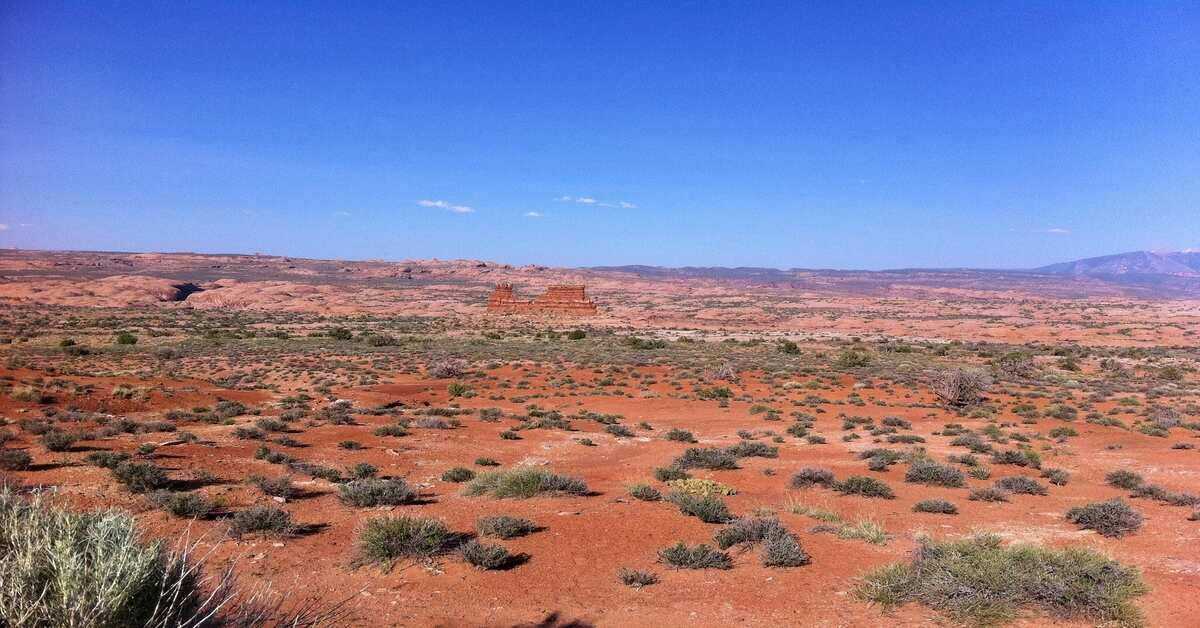
Most people will try to find help quickly by moving around. This will only waste your energy and further dehydrate you. If you have food and a supply of water, for instance, you can stay where you are and try to signal for help. When you are calm, you will always find a solution to all your problems.
FAQs
Is cactus water safe?
When your water supply runs out, you may be tempted to drink cactus water. Cactus water is unsafe to drink as it induces vomiting and diarrhea, making you lose more water from your body. So, do not assume that the fluid from a cactus plant is safe to drink even in desperate situations.
How much water do I need to survive in the desert?
An average adult needs about half a gallon (almost two liters) per day to survive in the desert. Kids and more active individuals will require more. However, if you have a limited water supply, only drink when you need to and avoid direct exposure to sunlight.
Why are deserts so hot?
It’s so hot in the desert because there is very little moisture in the air, and there are no clouds to reflect the sunlight. In addition, there’s little to no vegetation to use the sunlight. Thus, the sunlight heats the ground, making deserts very hot, especially in the afternoons. Because of the lack of moisture, deserts cool quickly when the sun sets and nights can be pretty chilly.
Do deserts have water?
Deserts are normally dry, but they have water. There are naturally occurring water sources in deserts. These water sources can be found in spots with more vegetation than the surrounding. You can also find water by digging or following desert animals.
With the right gear and optimism, you can stay for several days in a desert until you find help. I hope these tips on how to survive in the desert were helpful. Have you ever been stranded in the desert? Please tell us about your experience!

